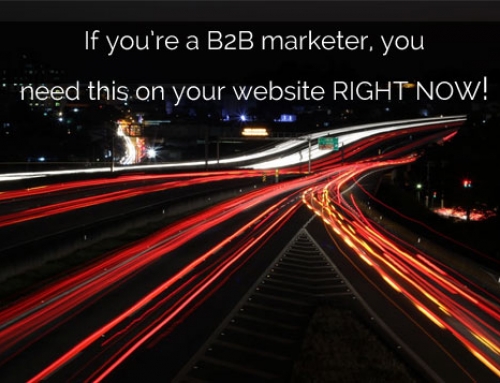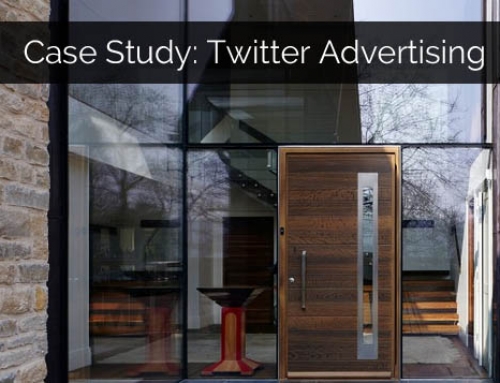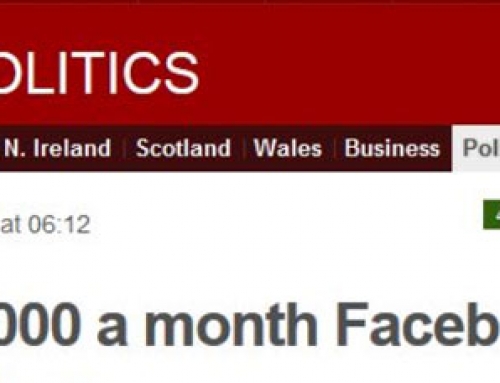Despite the huge improvements in metrics available to us these days (for digital marketing, at least) the old adage about “50% of your marketing budget is wasted; you’ll just never know which half” has never been truer in some ways. Yes, you get some feedback on what is or isn’t happening in response to your investment – for example, post engagement on a Facebook boost or clickthroughs on a google ad. But the marketing funnel has also become more complex, and in some cases is more like a marketing Death Star: there’s a bunch of stuff going on inside there, but you’re not entirely clear what leads to what and there are plenty of days when you have the faint sense that you’d rather not know.
For many businesses, the path to a sale is far from simple or one-directional; that may always have been true, but has definitely got worse now that the number of channels through which your potential consumer can be reached, informed and influenced is so much larger than it was ten years ago.
A potential customer sees a friend talk about your product or service on Facebook, but they don’t take action. Then they see an advert on the bus on the way to work and remember the friend’s comment, but they don’t take action. Then they’re passing a stand in a shopping mall giving away free samples, and they think “yeah, I need to check this”…and they try the sample, and sign up for your subscription service. So what caused the action? Was it the stand? Or would they not have even paused in their tracks without those previous instances of your product hitting their radar? Short of interviewing every customer in depth about their entire journey from the first time they came across your brand, it’s really hard to know. And yes, I realised that this example implies a much larger budget than most of the businesses we work with have available, but the principle is the same. It’s quite realistic to be active on several social media sites, and have a google adwords campaign, and some instore or print marketing all running concurrently. Each of those would generate metrics, but sometimes it’s still hard to link those metrics to the bottom line.
It’s incredibly tempting to pick some pet obsession amongst all this wreckage and try to cling to it. A fixation with social media followers turns into an obsessions with cost per engagement in Facebook ads, which turns into a daily forensic analysis of Google Analytics visitor flow on your website. Whilst all of these metrics tell us something, they are far from the whole story, and the one thing that’s *really* standing between you and increased sales could be totally invisible.
I struggle with this in my own business, just the same as our clients do. And whilst there’s no obvious cure, there are a few steps you can take which will help.
First, recognise the complexity. There may be many things which contribute to a prospect becoming a customer, and they may happen over an extended period of time. That brilliant Facebook campaign you designed might not have delivered many sales, but it may have moved lots of prospects a step closer to you being their chosen supplier when they do buy.
Second, understand the limitations of the metrics. Be aware of what they can’t tell you, as much as what they do.
Third, try to focus more on direction of travel – relative rather than absolute. If your latest Facebook post got a lot of attention, look at what was different about it and try to repeat that – and then recognise that even then, there are a ton of factors outside your control (the Facebook algorithm, for one) and if there’s nothing obvious, all you can do is repeat and see if you get a similar result.
And finally, know that every hour you spend on Google Analytics will require at least one post-work Gin & Tonic to help you recover. So for most people that’s going to rule out spending a whole afternoon on it – Know Your Limits!






Leave A Comment